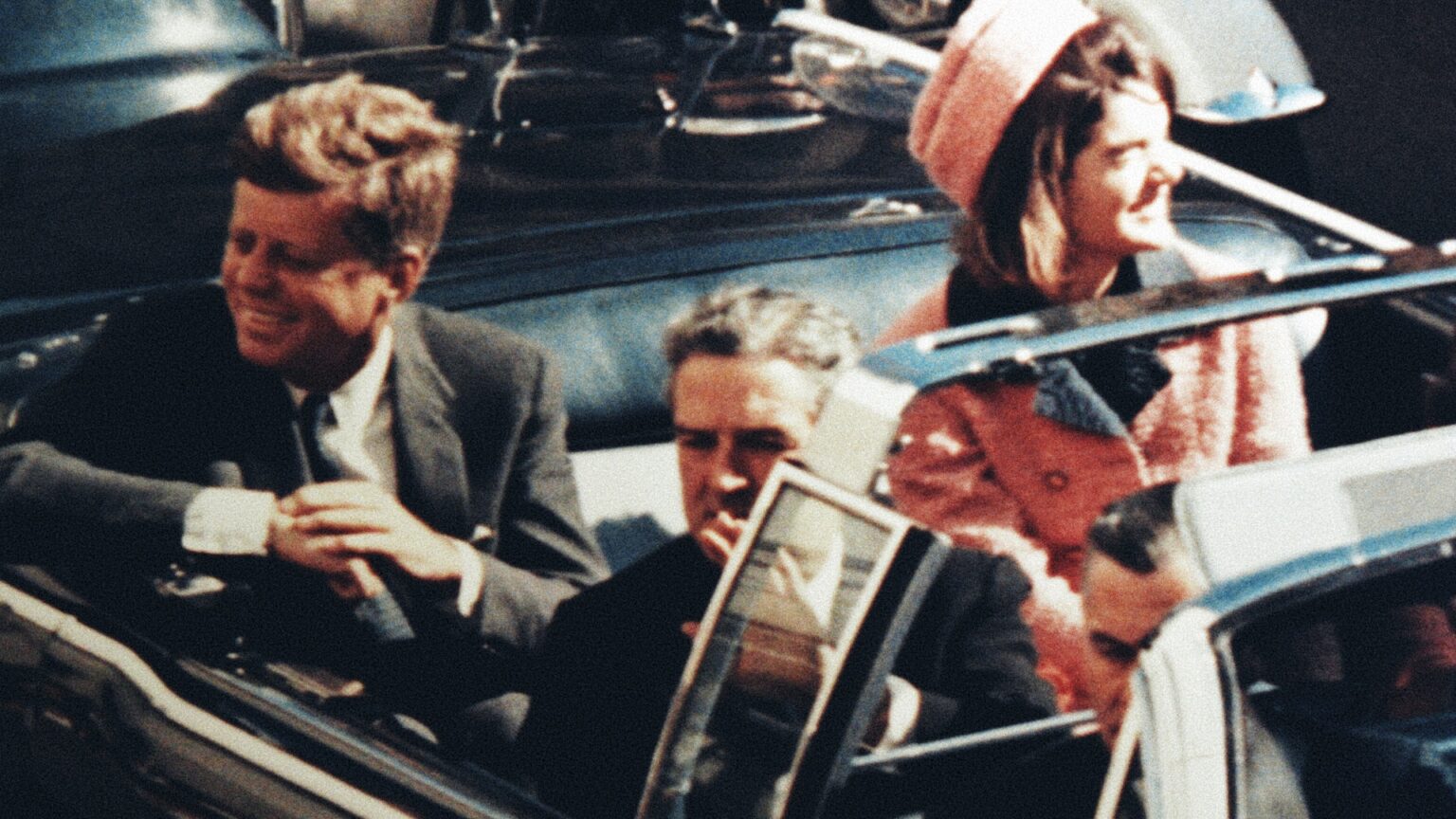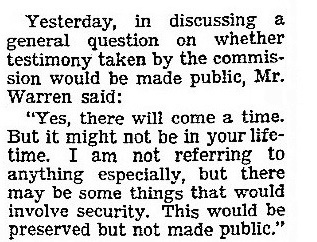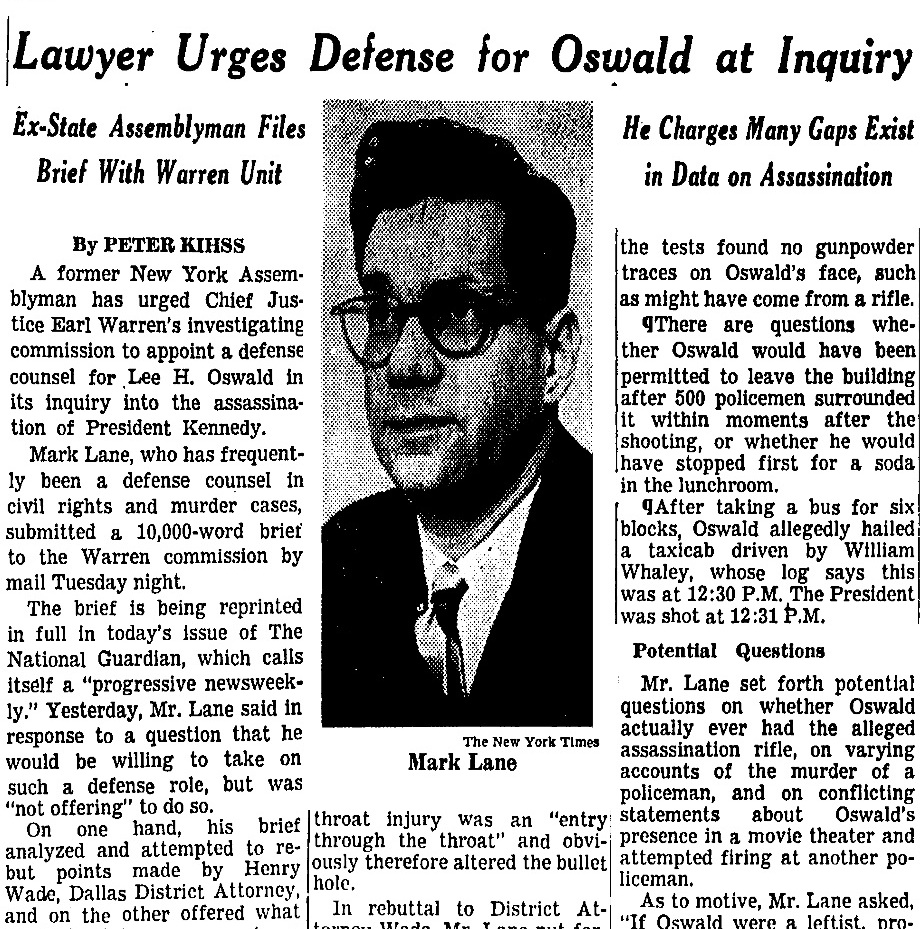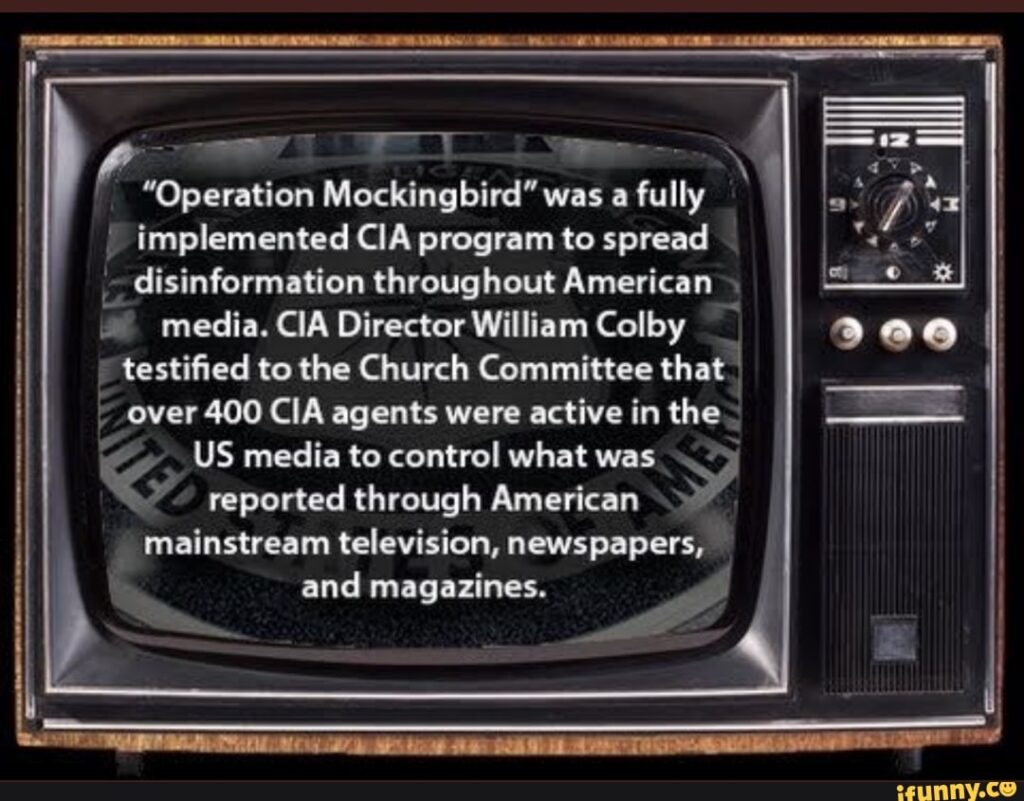James Fetzer, a retired Philosophy of Science professor from the University of Minnesota, discussed the cover-up surrounding the assassination of John F Kennedy with me.
The official story, he argues, is nonsense.
In short, JFK was assassinated on 22 November 1963 in Dallas, Texas. He was allegedly shot by a sniper while riding in an open-top car during a motorcade. Lee Harvey Oswald was arrested and charged, but two days later, Jack Ruby shot him dead before he could stand trial.
Total coincidence.
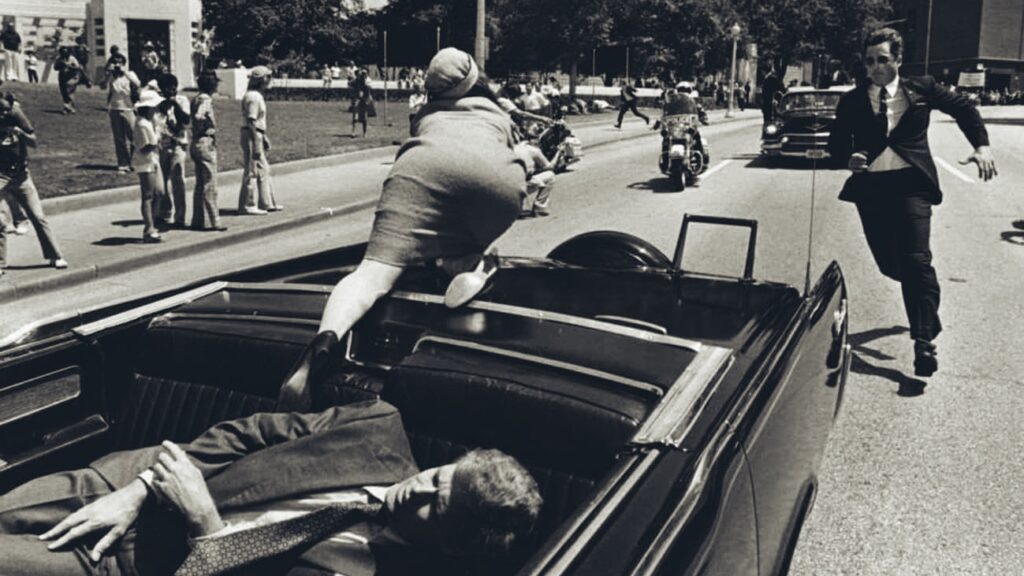
What actually happened
James believes that the operation was orchestrated by top US government agencies, including the Pentagon, CIA, National Security Council and the Secret Service.
He also implicates J Edgar Hoover and Lyndon B Johnson, who received financial support from oil magnates in Texas.
It’s a common—yet often incorrect—belief in American culture that lone individuals were responsible for the assassinations of Abraham Lincoln, Martin Luther King and Robert F Kennedy.
Lone killer narrative
It’s always a lone gunman.
Have you noticed?
It’s always a guy with a stash of weapons, bullets and a troubled childhood.
Do you remember Sandy Hook and the Christchurch massacre? (By the way, check out my Christchurch podcast with Max Igan. Not only was it fascinating, but it was also targeted by the New Zealand government.)
However, history shows us that multiple individuals were involved almost every time. For example,
- Lincoln’s assassination involved four conspirators,
- RFK was likely not shot by Sirhan Sirhan and his assassination was part of a wider plan, and
- Martin Luther King was killed, not by James Earl Ray, but by multiple individuals on behalf of a Memphis businessman and government agencies.
Nevertheless, for some reason, many people still believe that the US is immune to conspiracies (or cover-ups).
Warren Commission
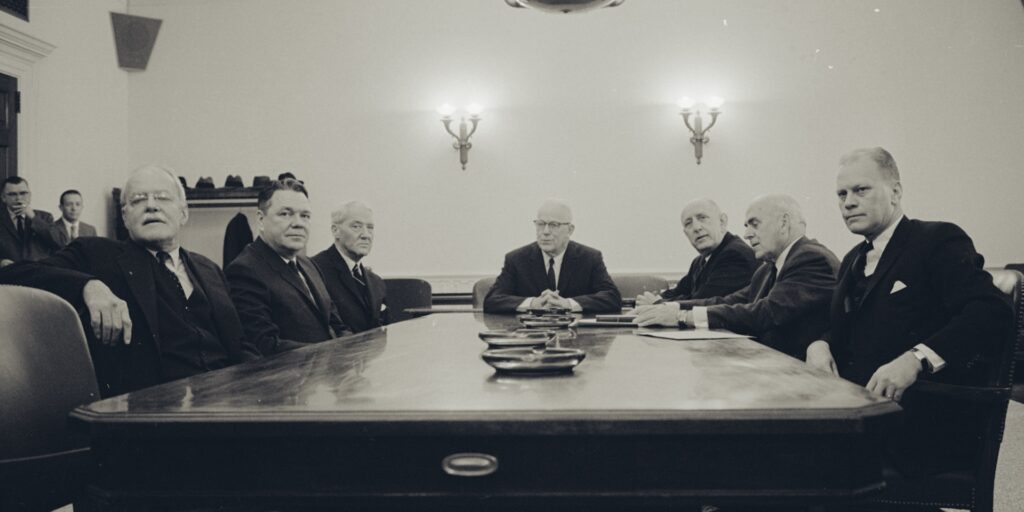
Why does the phrase ‘conspiracy theory’ unsettle a lot of people?
Effective propaganda.
Since the 1960s, proaganda has been effectively used to discourage discussion or investigation into numerous events, beginning with JFK’s death.
Amid public doubt about the Warren Commission’s findings on JFK’s assassination, the CIA issued a detailed directive to its agencies. President Lyndon B Johnson established the Warren Commission on 29 November 1963 to investigate President John F Kennedy’s assassination on 22 November 1963.
Titled Countering Criticism of the Warren Commission Report, this memo significantly contributed to the use of ‘conspiracy theory’ as a term to discredit those who question the official story. Ironically, the Warren Commission’s namesake, Chief Justice Earl Warren, likely knew about the cover-up.
In other words, the CIA did not want people questioning the assassination of JFK and wanted, instead, to control public opinion, leading to the implementation of Operation Mockingbird.
Even Lee Harvey Oswald’s lawyer suspected foul play.
CIA directive
The directive, known as Document 1035-960, was released by the CIA in 1976, after a FOIA (Freedom Of Information Access) request by the New York Times (when it still did journalism), in which it details a series of actions and techniques for ‘countering and discrediting the claims of the conspiracy theorists, so as to inhibit the circulation of such claims in other countries.‘
One example was to remind ‘friendly elite contacts (especially politicians and editors)‘ about the accuracy and soundness of the Warren Commission Report, and that ‘further speculative discussion only plays in to the hands of the [Communist] opposition.’
Basically, if one challenged the government’s story, then one was an evil commie.
The CIA also told its members ‘[t]o employ propaganda assets to [negate] and refute the attacks of the critics. Book reviews and feature articles are particularly appropriate for this purpose.‘
Conversation
James absolutely debunked the official JFK story in the following conversation.
I want to splinter the CIA into a thousand pieces and scatter it to the winds.
John F Kennedy


